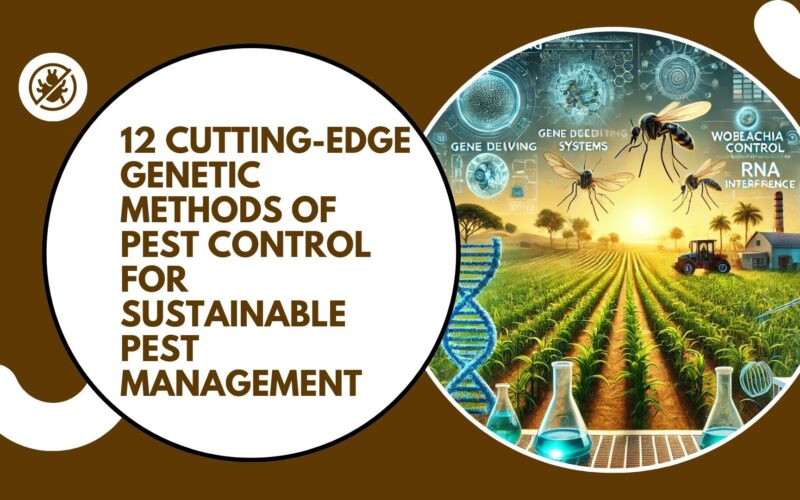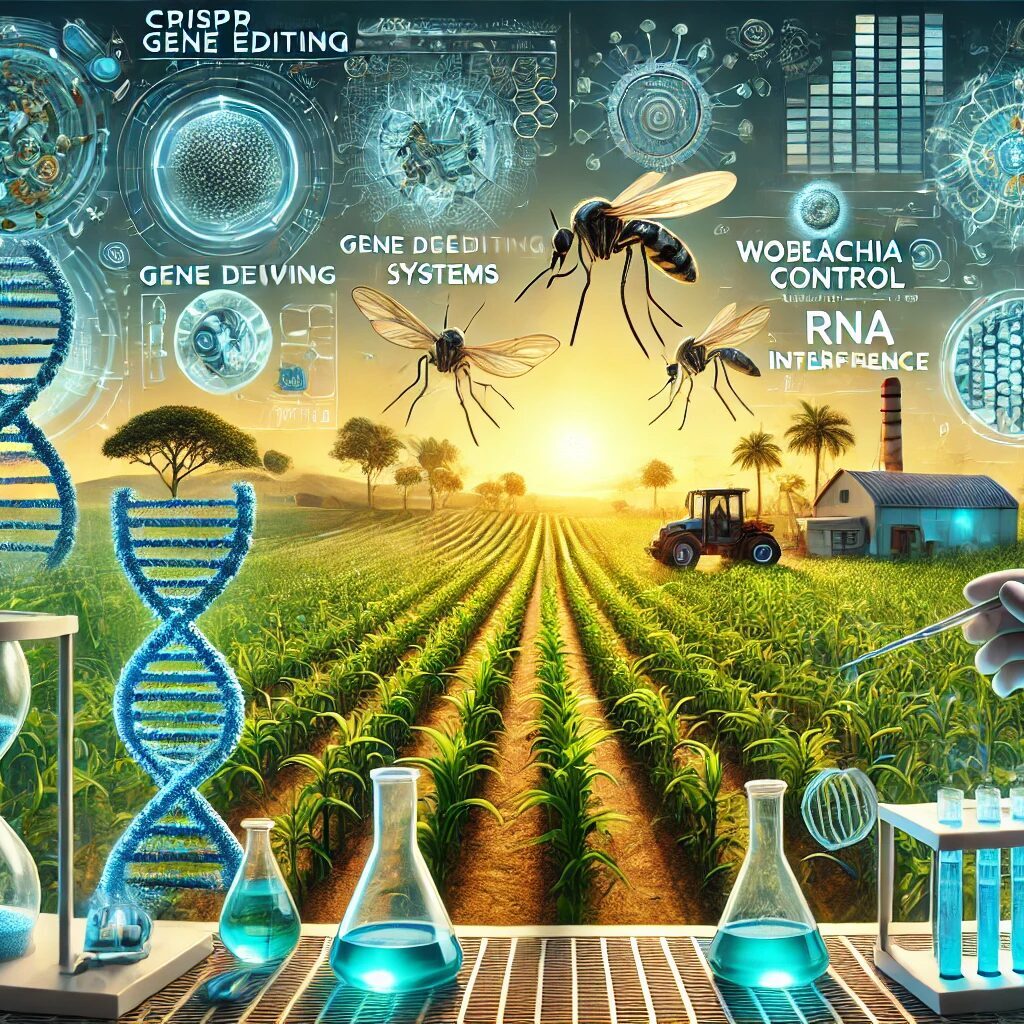
Genetic methods of pest control are paving the way for precise, sustainable solutions to longstanding challenges in agriculture and public health, reducing reliance on chemical pesticides.
As the demand for sustainable pest control grows, scientists are turning to genetics as an innovative solution.
Unlike traditional methods, which often rely on chemicals that can harm ecosystems and non-target species, these genetic methods of pest control are highly targeted, aiming to reduce pest populations through biological and genetic interventions.
Below is a comprehensive breakdown of 12 advanced genetic approaches, detailing their applications, advantages, and potential drawbacks.
1. Sterile Insect Technique (SIT)
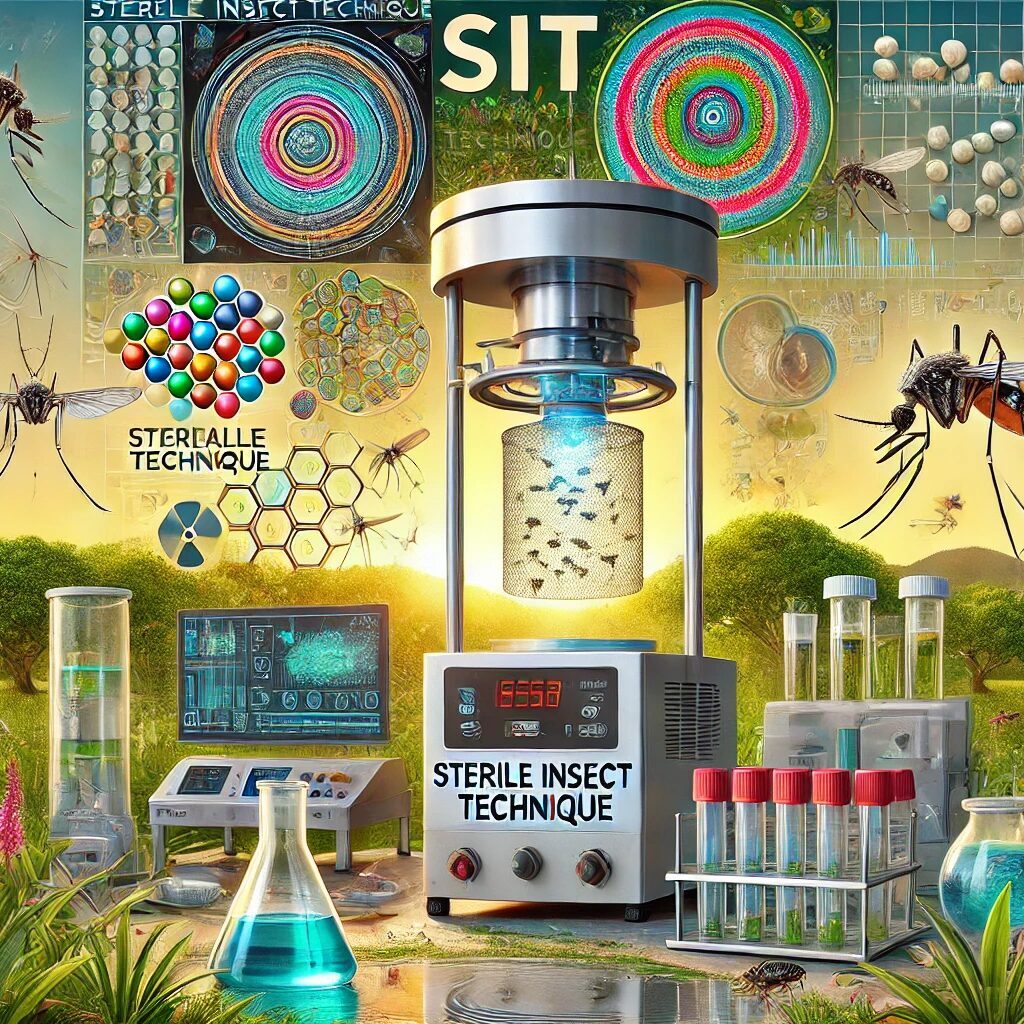
The Sterile Insect Technique (SIT) is a well-established genetic method for controlling pest populations by releasing large numbers of sterilized males, typically through irradiation. When female pests mate with these sterile males, no offspring are produced, leading to a gradual population decline.
SIT has been widely used in agriculture for controlling species like fruit flies and disease-carrying mosquitoes.
SIT is species-specific, environmentally safe, and reduces the need for chemical pesticides. However, it can be costly and labor-intensive, requiring continuous releases for sustained effectiveness.
2. Gene Drive Systems
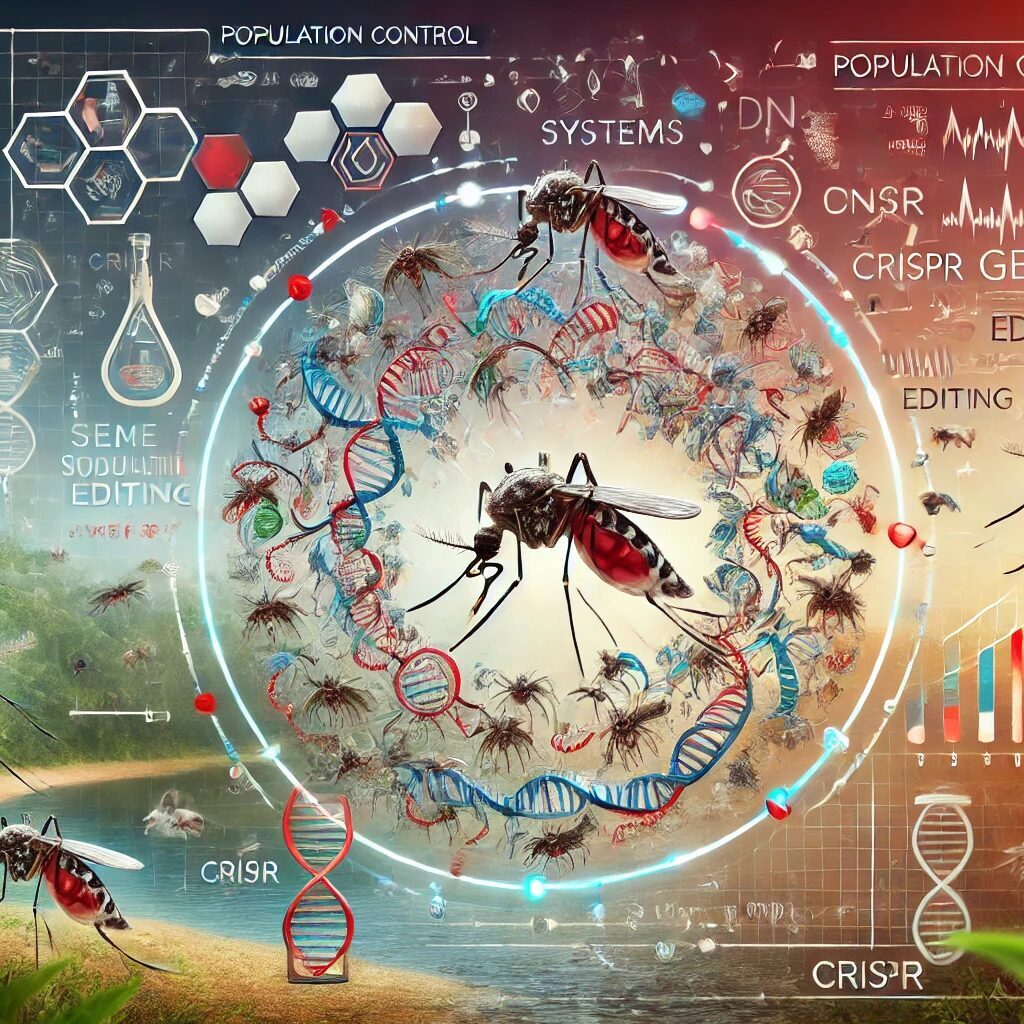
Gene drive systems are an innovative genetic technique that promotes the rapid spread of specific traits, such as infertility, through pest populations.
By ensuring that engineered traits are inherited by most offspring, gene drives can potentially alter an entire population over a few generations. This approach has been primarily researched in mosquitoes to control diseases like malaria and dengue.
Gene drives offer fast and effective population suppression without the need for repeated interventions. However, ecological risks exist if gene drives spread beyond target populations, with potential for resistance development.
3. RNA Interference (RNAi)

RNA interference (RNAi) is a genetic technique that uses small RNA molecules to silence essential genes in pests, targeting functions critical for their survival or reproduction. This approach can reduce pest populations by inhibiting growth or causing mortality at specific life stages.
RNAi has shown promise in managing crop pests, such as beetles and moths, by engineering plants to produce RNAi molecules.
With minimal risk to non-target species and reduced reliance on chemical pesticides, RNAi provides a targeted and environmentally friendly pest control option.
However, the effects of RNAi are generally short-lived, often requiring repeated applications due to the rapid degradation of RNA molecules in the environment, which limits its long-term effectiveness.
4. Genetically Modified (GM) Crops with Pest Resistance
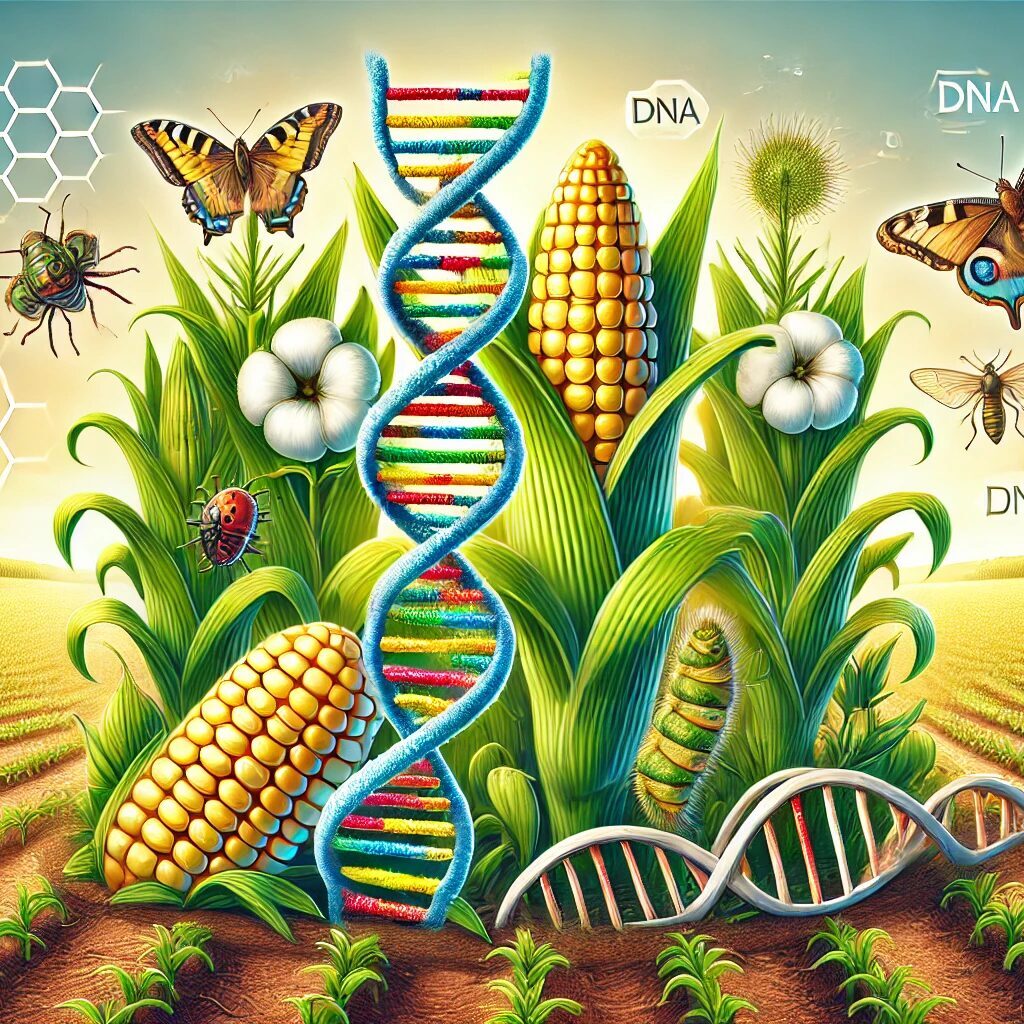
Genetically modified (GM) crops are engineered to produce proteins, such as Bt proteins, that are toxic to specific pests, deterring feeding and enhancing crop resilience.
This genetic approach to pest control has been widely used in crops like corn and cotton, targeting common pests like caterpillars and beetles.
GM crops reduce the need for chemical pesticides and provide season-long protection against pests, offering a sustainable advantage in agriculture.
However, pests may eventually develop resistance, and there is concern about the potential transfer of these genes to wild relatives, posing ecological risks that require careful management and monitoring.
5. Transgenic Insects with Lethal Genes
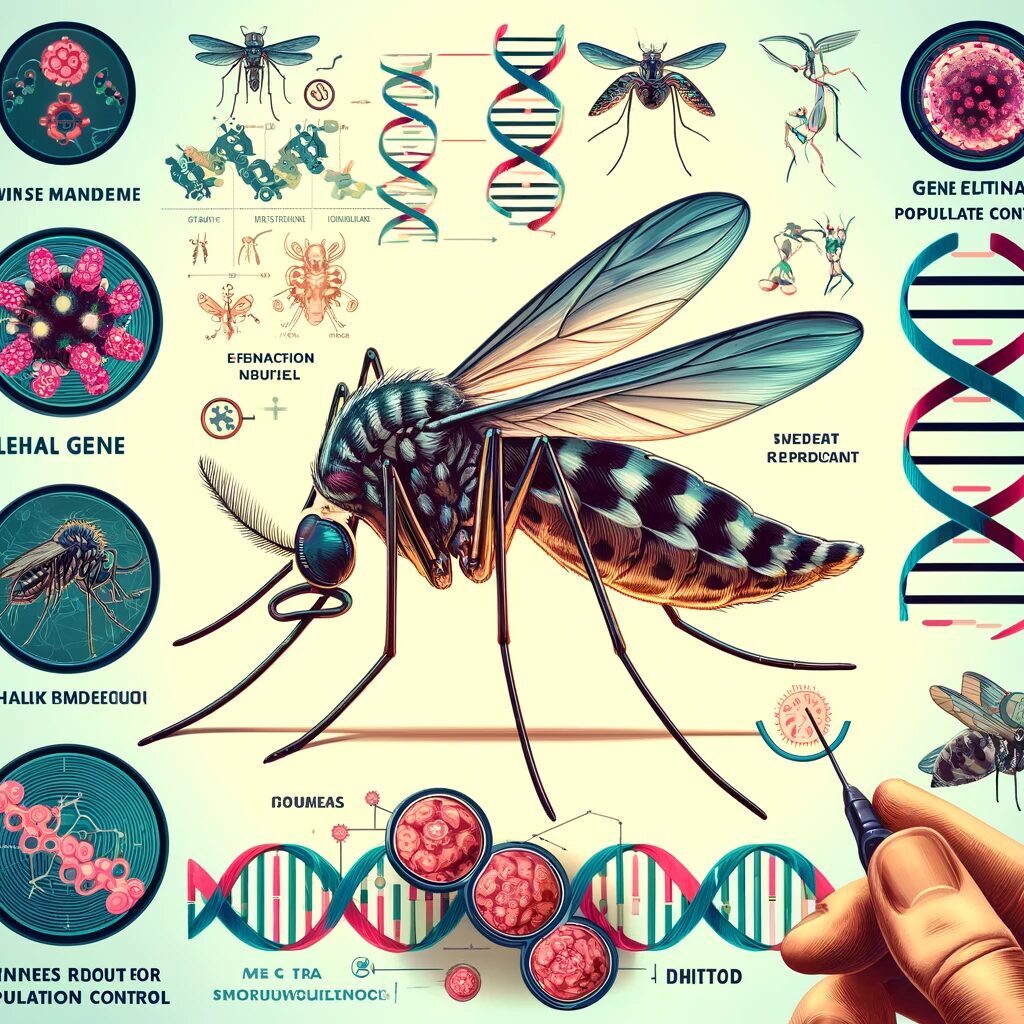
Transgenic insects are genetically engineered to carry lethal genes that cause offspring to die under specific conditions, targeting and reducing pest populations by disrupting reproductive success.
This method has been extensively researched for controlling disease-spreading mosquito species, such as those carrying Zika and dengue.
By focusing specifically on pest species, transgenic insects provide an effective alternative to chemical pesticides, reducing environmental impact. However, these programs are often costly and complex, requiring ongoing releases of transgenic insects.
Additionally, if a subset of pests survives, there is potential for resistance to develop, necessitating careful monitoring and management for long-term success.
6. Wolbachia-Based Control
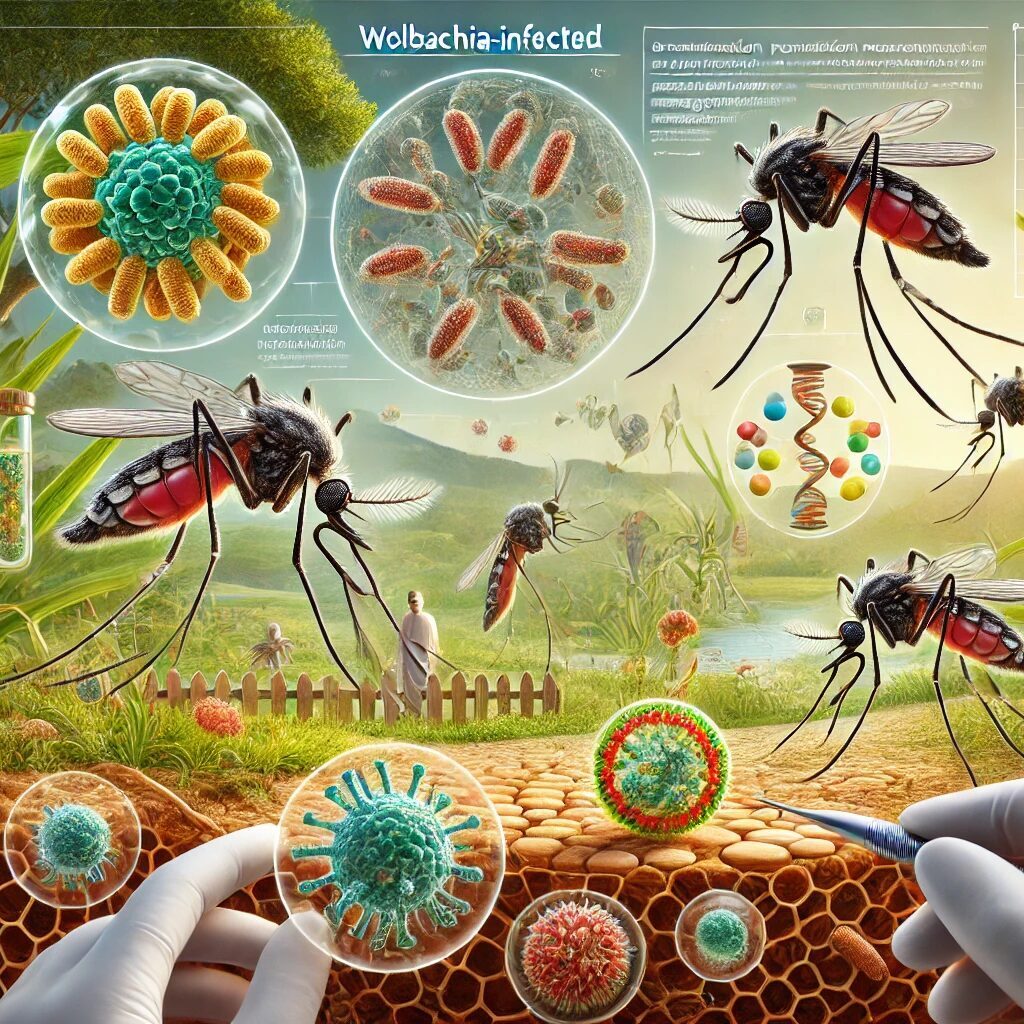
Wolbachia-based control leverages the Wolbachia bacterium, which induces reproductive incompatibility in infected pests, limiting their ability to reproduce with non-infected individuals.
While not a direct genetic modification, it operates similarly by reducing fertility and gradually decreasing pest populations. This approach has proven effective in controlling mosquito-borne diseases like dengue and chikungunya.
Safe for humans and non-target species, Wolbachia-based control is considered environmentally friendly. However, for sustained effectiveness, Wolbachia infections must be continually spread, as untreated wild populations can gradually repopulate treated areas.
This ongoing management makes Wolbachia-based control a valuable, albeit maintenance-intensive, tool in pest population control.
7. Chromosome Translocations
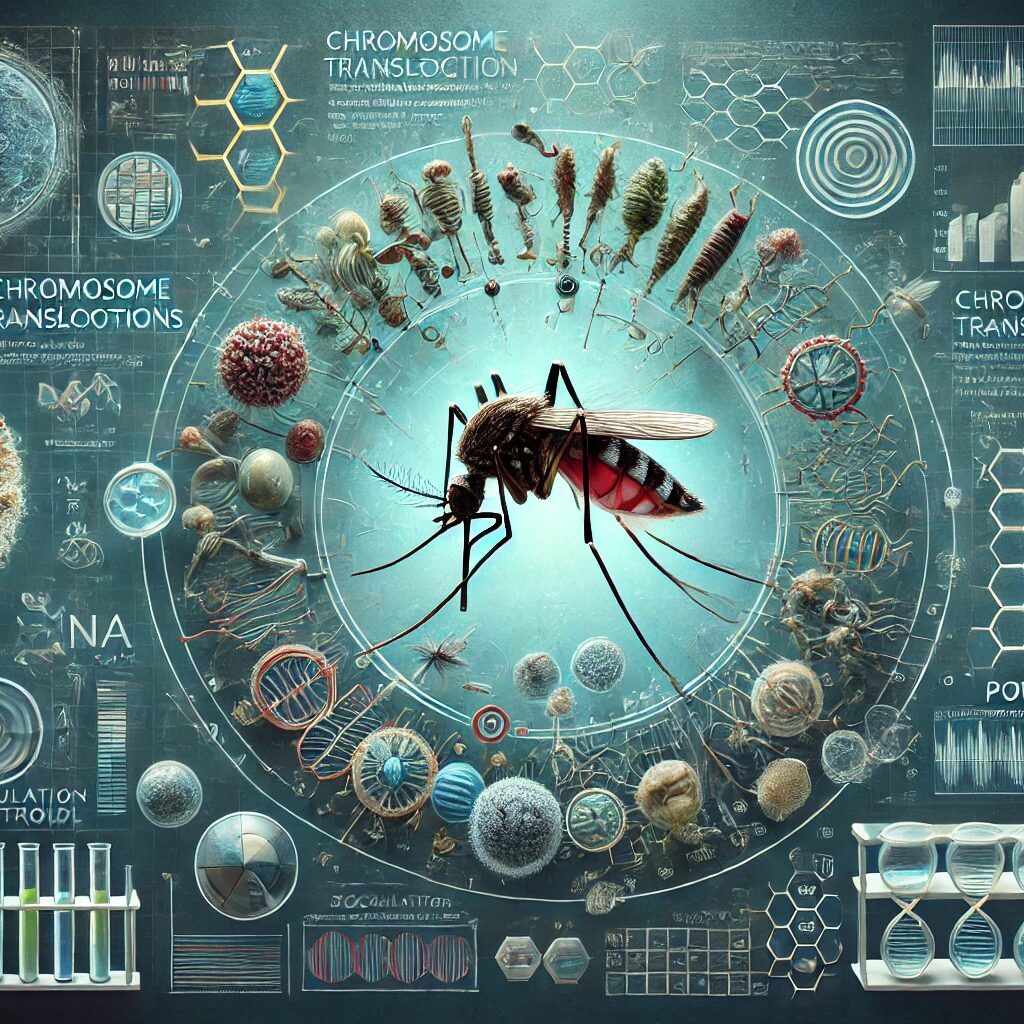
Chromosome translocation is a genetic technique that rearranges chromosomes within pest species, resulting in genetic incompatibility in their offspring.
This disruption in reproduction helps control pest populations by preventing the successful propagation of targeted species. Chromosome translocations have been applied in pest control efforts for fruit flies and mosquitoes, demonstrating species-specific effects that can persist across generations.
While effective, scaling this method is challenging, and there are ecological risks if these translocations spread beyond the intended species. The long-term impacts on ecosystems need careful assessment to ensure that this method remains both effective and environmentally safe.
8. Conditional Lethal Mutations
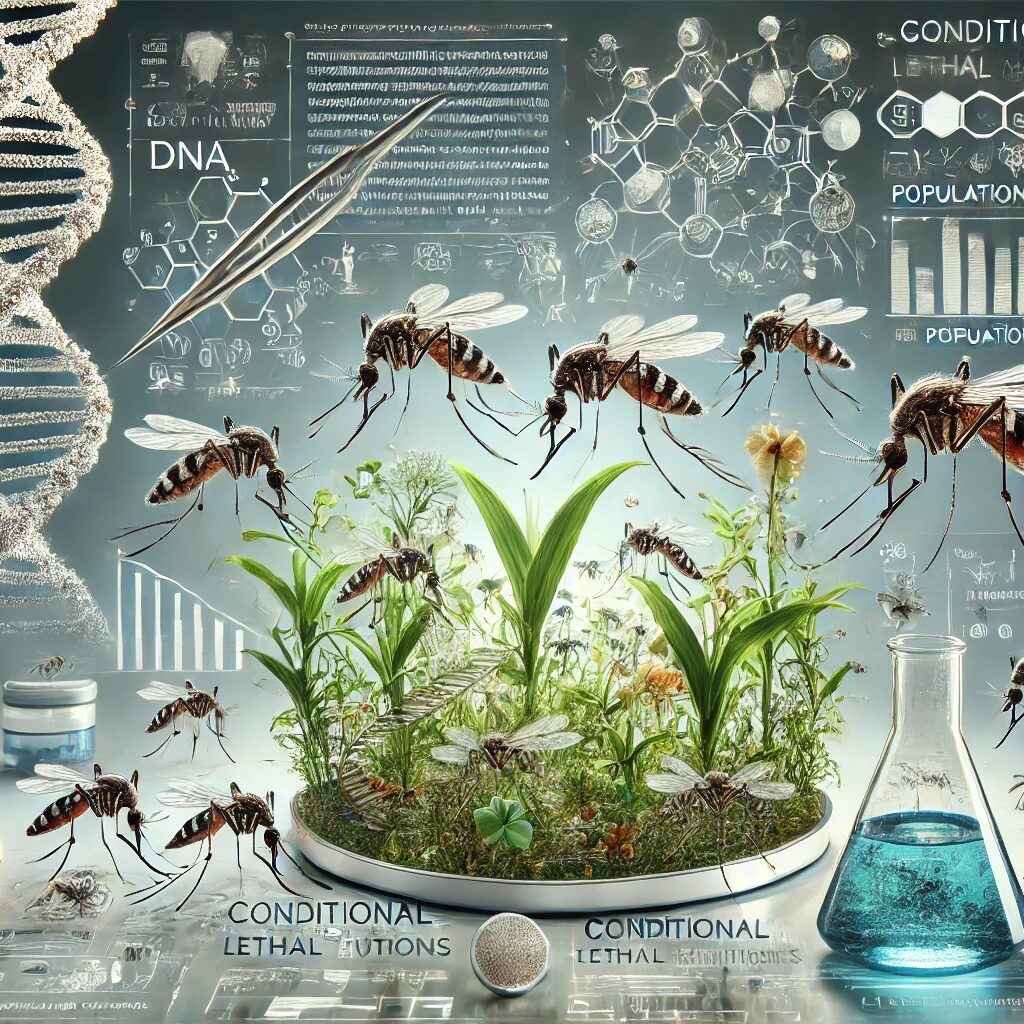
Conditional lethal mutations are genetic modifications that cause an organism to die only under specific environmental conditions, such as certain temperatures. This approach has the potential for pest control by targeting pests in a way that allows for seasonal or location-based population control.
For example, pests with temperature-sensitive lethal genes could thrive in colder weather but not survive during warmer seasons, reducing their populations naturally without the need for pesticides.
This method could provide a targeted, environmentally friendly way to manage pest populations while minimizing impacts on non-target species and ecosystems.
9. Mitochondrial Replacement (Trojan Gene Hypothesis)
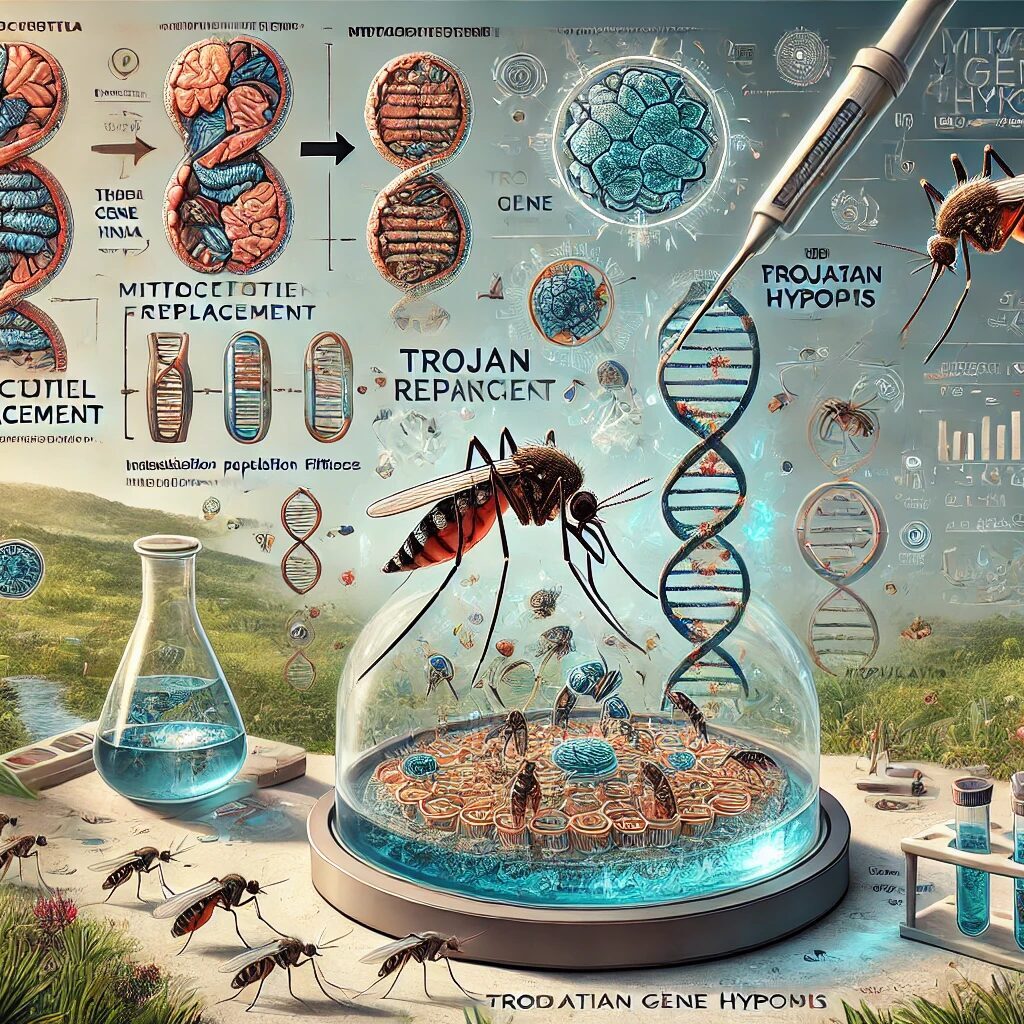
The Trojan Gene Hypothesis proposes using mitochondrial replacement to introduce harmful mitochondrial genes into pest populations. This genetic approach reduces pest fitness and reproductive success over generations, leading to a gradual population decline.
While still largely theoretical, mitochondrial replacement holds potential as a low-impact control method for invasive pests, offering a slower but more natural reduction in numbers.
However, implementing this method poses challenges. The gradual nature of genetic alterations requires a long-term approach, which complicates predictability and control.
Additionally, the ecological effects are uncertain, as the introduction of fitness-reducing genes could have unintended consequences on local ecosystems.
Despite these challenges, mitochondrial replacement could provide a sustainable alternative to traditional pest control methods if refined and carefully managed.
10. Homing Endonuclease Genes (HEGs)
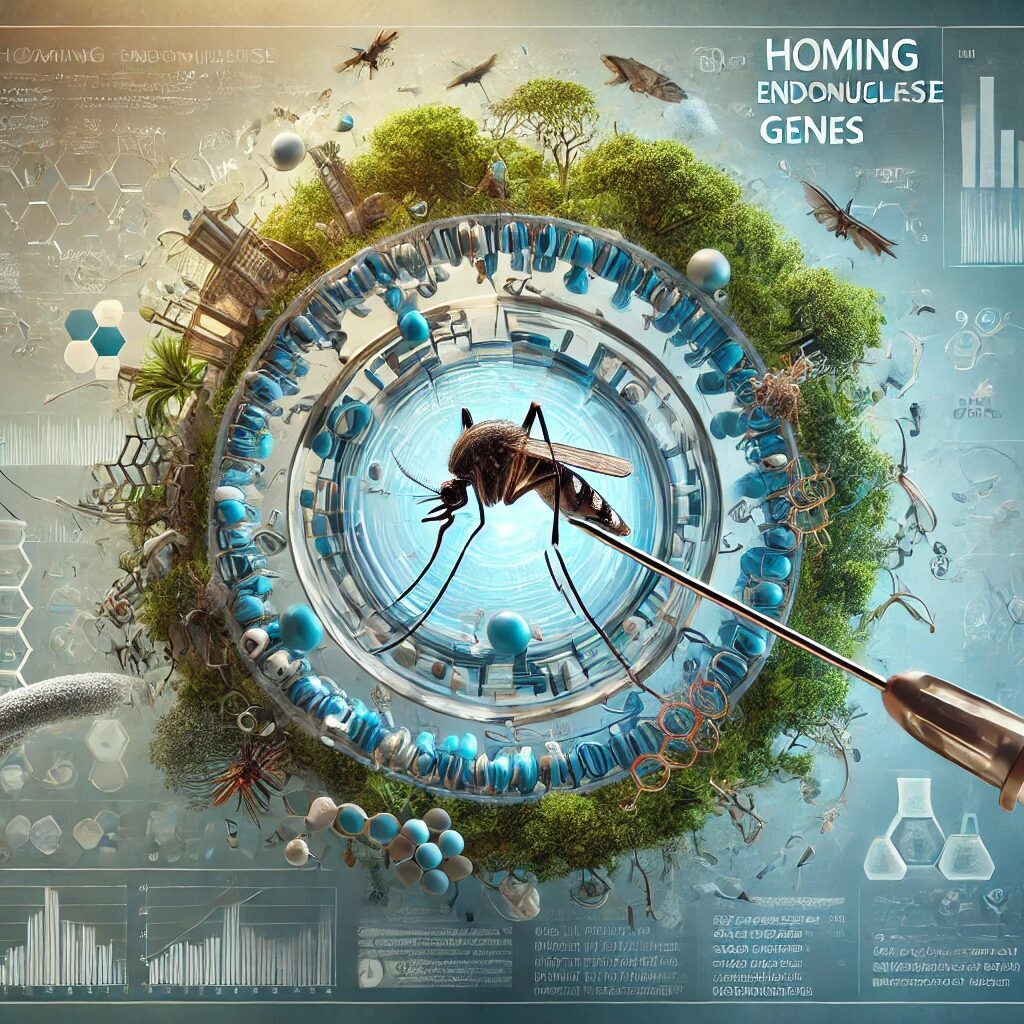
Homing Endonuclease Genes (HEGs) are genetic elements designed to insert themselves into pest genomes, targeting and disrupting essential survival genes. This method aims to reduce pest populations by selectively impairing their viability.
Primarily experimental, HEGs have shown potential in controlling invasive species by targeting specific genes crucial to pest survival.
HEGs are highly specific, offering a targeted approach that minimizes impacts on non-target organisms. However, potential off-target effects and ecological impacts remain concerns, as HEGs could persist and spread in wild populations.
This persistence could lead to unintended long-term consequences, underscoring the need for careful evaluation and containment strategies in any ecological application of HEGs.
11. Synthetic Incompatibility Systems
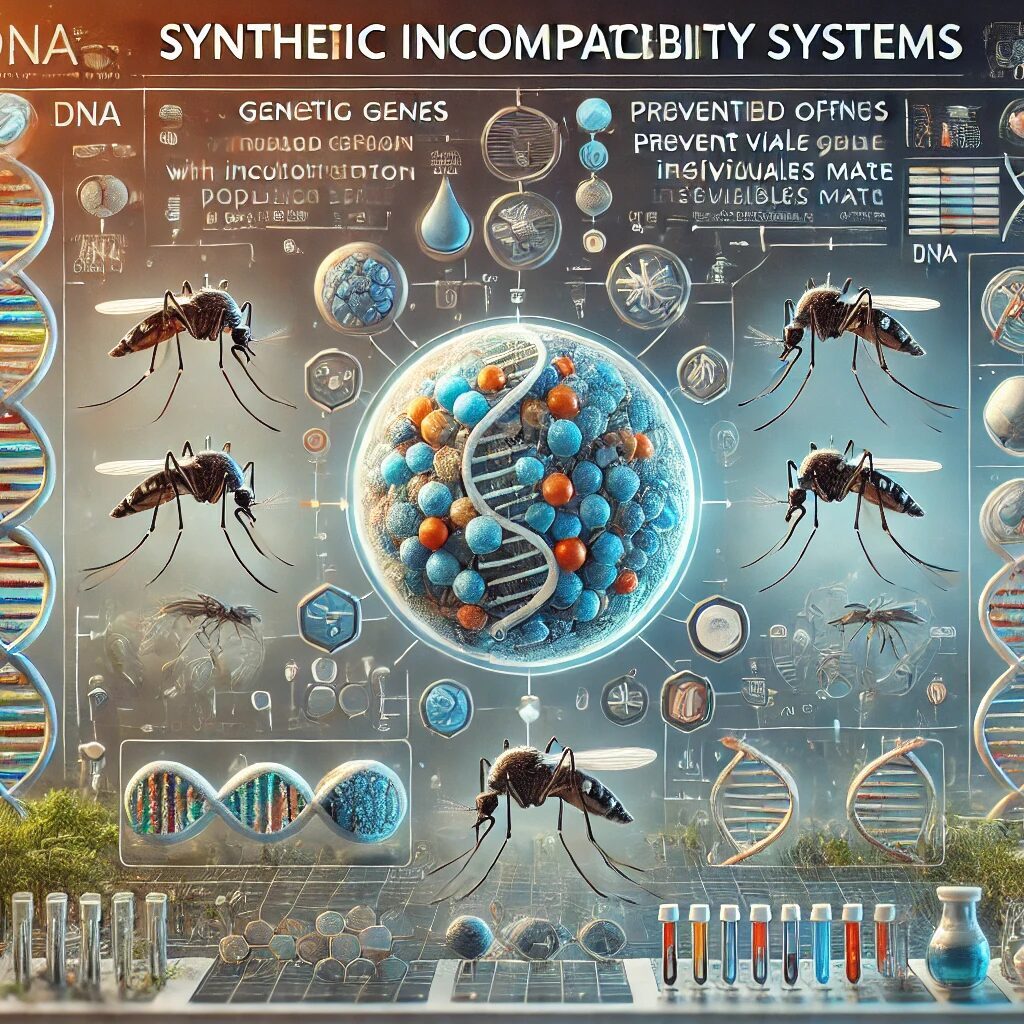
Synthetic incompatibility systems involve engineering pests with genes that render them reproductively incompatible with wild populations. When these engineered pests mate with their wild counterparts, they produce no viable offspring, effectively reducing pest populations over time.
This approach has been applied in the development of control strategies for mosquitoes and invasive agricultural pests, where it helps minimize re-infestation risks.
These systems offer a highly targeted pest control solution, focusing on specific species with minimal effects on non-target organisms. Synthetic incompatibility systems present a promising tool for managing pests in an environmentally friendly and sustainable manner, by reducing the chance of population recovery.
12. Clustered Regularly Interspaced Short Palindromic Repeats-Cas9 (CRISPR-Cas9) Gene Editing for Population Suppression
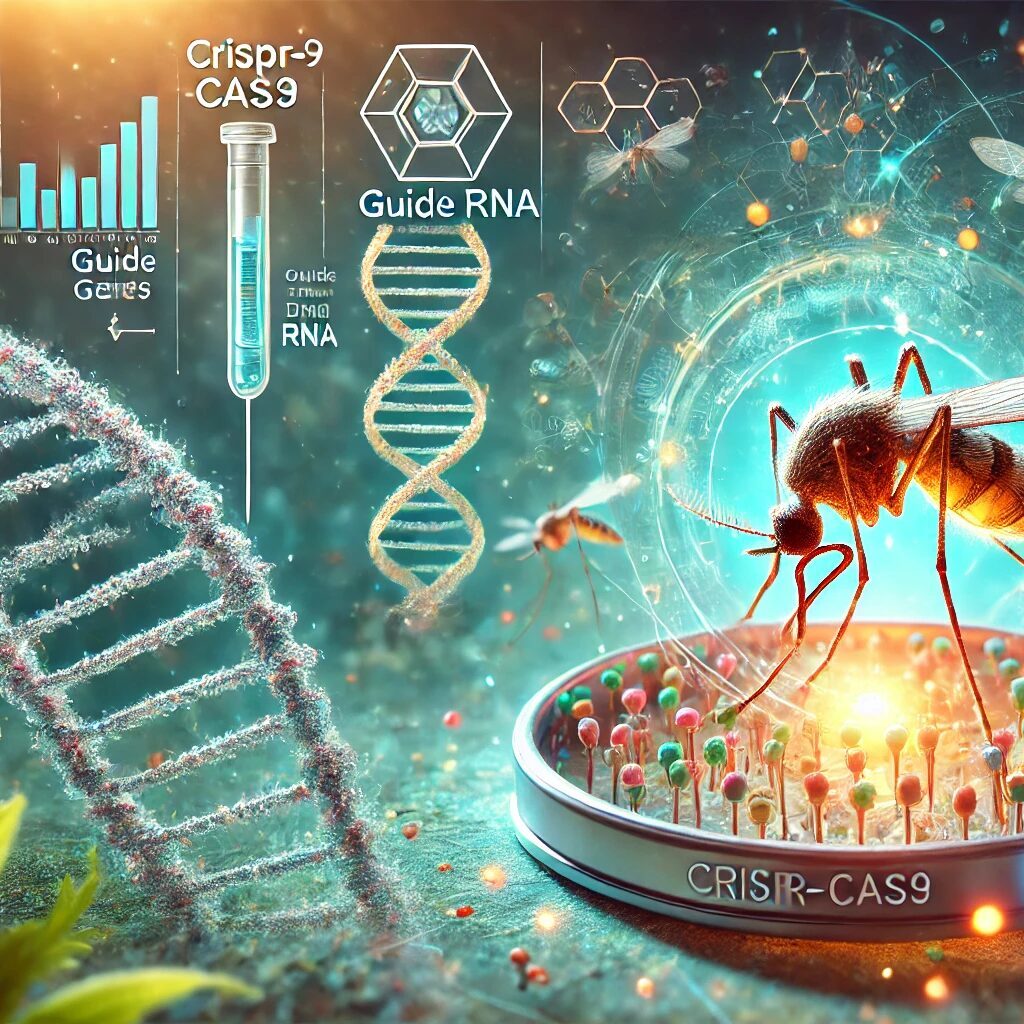
CRISPR-Cas9 gene editing enables precise modifications to pest genomes, targeting genes linked to fertility or survival.
This approach offers a customizable and highly specific genetic method for controlling pest populations, making it effective in targeting disease-carrying mosquitoes and crop pests with minimal off-target effects.
However, the use of CRISPR-Cas9 raises significant regulatory and ethical concerns. If edited genes spread uncontrollably, there could be unintended ecological effects, impacting ecosystems in unpredictable ways.
Given its precision and potential, CRISPR-Cas9 represents a powerful tool for pest control, yet requires rigorous evaluation and careful regulation before widespread application.
Conclusion
Genetic methods of pest control signify a transformative shift in pest management, steering away from traditional chemical approaches toward targeted and sustainable genetic solutions.
Techniques like gene drives, RNA interference, and the Sterile Insect Technique offer promising alternatives to pesticides, reducing environmental impact and targeting specific pest species with precision.
However, each method comes with distinct challenges and risks, including potential ecological impacts and ethical concerns.
As these technologies evolve, careful evaluation and balanced implementation will be crucial to maximize their benefits while safeguarding ecosystems and ensuring responsible use.
